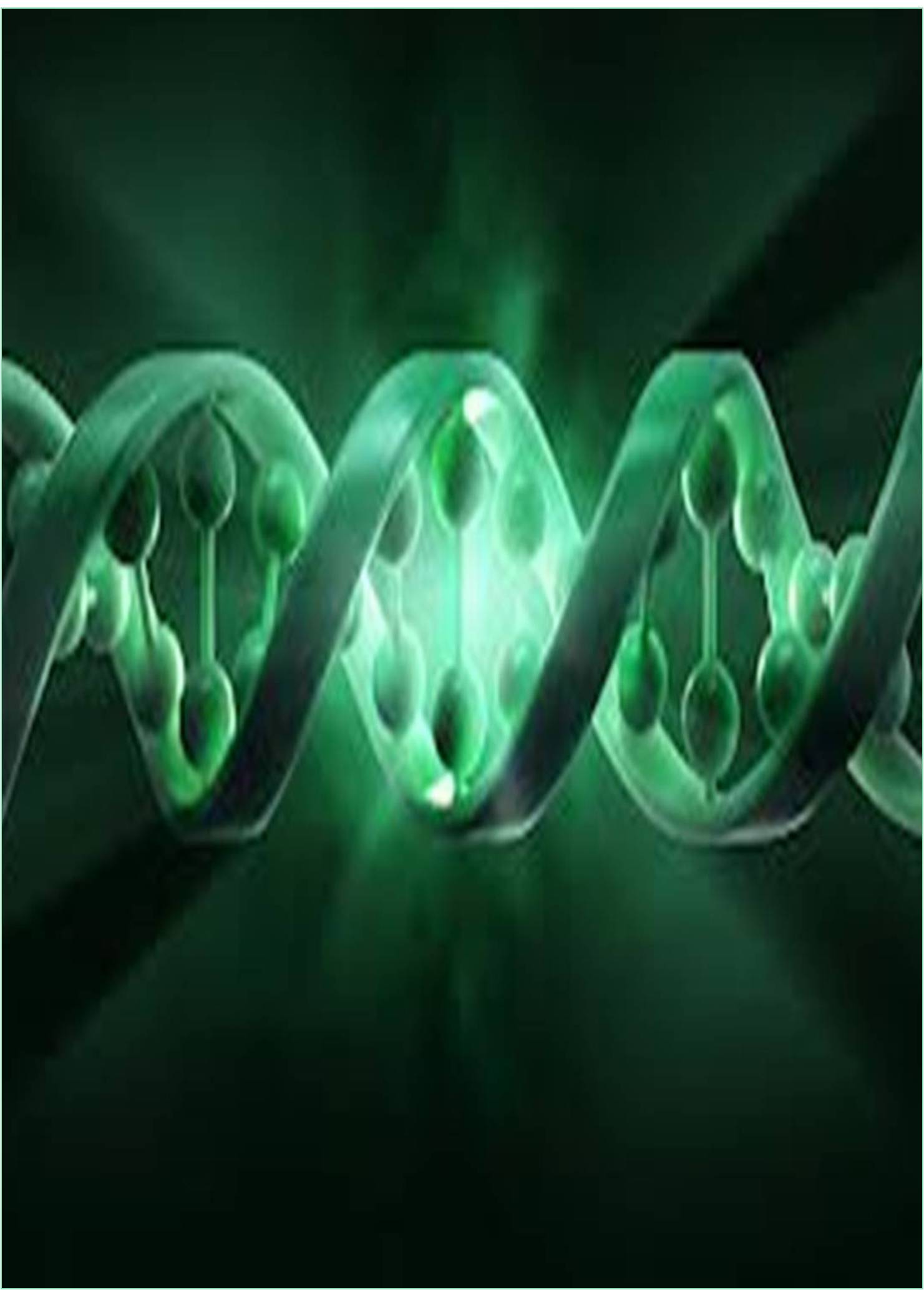



Received: 01-Aug-2022, Manuscript No. GJMEG-22-73198; Editor assigned: 03-Aug-2022, Pre QC No. GJMEG-22-73198(PQ); Reviewed: 17-Aug-2022, QC No. GJMEG-22-73198; Revised: 24-Aug-2022, Manuscript No. GJMEG-22-73198(R); Published: 31-Aug-2022, DOI: 10.15651/GJMEG.22.08.006
A method to alter the DNA in an organism's genetic makeup is known as genetic engineering, often referred to as genetic modification. An entire DNA sequence can be removed; one base pair, C-G or A-T, or a new copy of the gene can be created. Genetic engineering procedures frequently involve removing DNA (Deoxyribonucleic Acid) from one organism's genetic composition and linking it to DNA (Deoxyribonucleic Acid) from another unique entity. These methods are used by researchers to improve or change a living thing's characteristics. Any organism can be genetically modified, including cows and viruses like SARS, COVID-19, HIV, and Ebola.
In plants and animals, traditional hybridization methods are frequently inclusive, which results in the amplification of undesirable genes alongside desirable ones. The limits of conventional approaches are overcome by genetic engineering techniques that involve the creation of recollective DNA as well as applications of cloning the gene and gene transfer. This enables one to separate and introduce only the desired genes into the target organism. Genes define the building blocks of proteins. They don't simply form it that way. Translation and transcription are the two major mechanisms used to create proteins. In the process of transcription, molecules take up a DNA strand and use it as a blueprint to create RNA. The RNA molecule serves as a link between the production of DNA and proteins.
Common fundamental building blocks for both Ribonucleic Acid (RNA) and Deoxyribonucleic Acid (DNA) are nucleotide molecules. It should be highlighted that amino acid sequences, not nucleotides, are used to build proteins. For the purpose of producing the desired protein, the processes of transcription and translation turn DNA nucleotides into amino acid sequences. These occurrences take place in both eukaryotic and prokaryotic cells. A single DNA strand is made up of a series of linking nucleotides that each contains a sugar, a base with a nitrogen bond, and a phosphate group. The Deoxyribonucleic Acid contains four nitrogen bases: Guanine, also known as the G base, Adenine, or the A base, Thymine, or the T base, and Cytosine, or the C base. The structure of DNA is a double helical one, with two strands interlocked and joined by nitrogenous bases.
The process of transcribing genetic information from one strand of DNA into the RNA strand is called transcription. The process is governed by the complementary principle, with the exception that Adenine instead of Thymine forms the base pair bond with Uracil rather than Thymine. The DNA serves a similar purpose in transcription as it does in replication. The Ribonucleic acid molecule transcribes or rewrites the info found in DNA. Every nitrogenous base in a DNA molecule contains information needed to make proteins. Each DNA strand has a unique base sequence. The information needed to synthesise the desired protein is provided by these determined sequences. Transcription converts the bases of a strand of ribonucleic acid to their corresponding bases in deoxyribonucleic acid.
It has been established through investigation that the COVID-19 virus and HIV have the least GC content, which refers to the genome's heat stability. It is claimed that the COVID-19 virus has a low annealing temperature. This explains why COVID19 takes distinct (and multiple) forms in various continents and nations. It's possible that the COVID-19 sample from Wuhan (November 2019) will differ from samples gathered in other regions of the world. In numerous medical waiting rooms, rotavirus and HIV were being mentioned as prospective targets for genetically based medical study and vaccine development. Additionally, according to our findings, only 21% and 57%, respectively, of the genetic makeup of the Rota and HIV are similar to COVID-19.